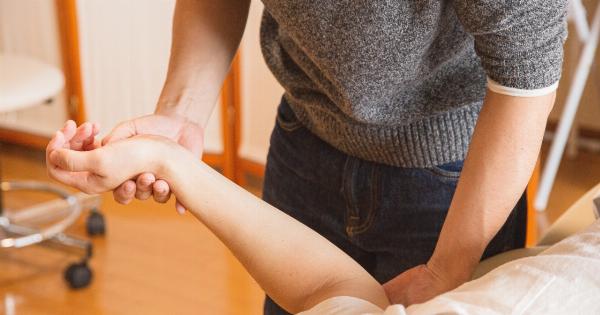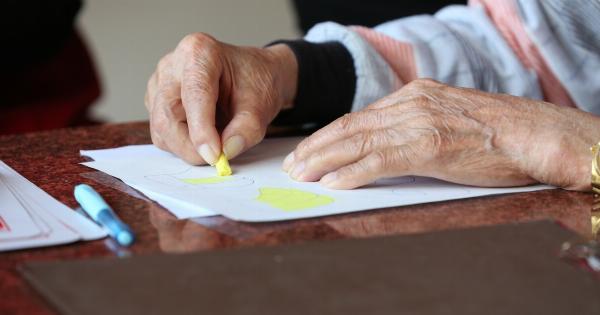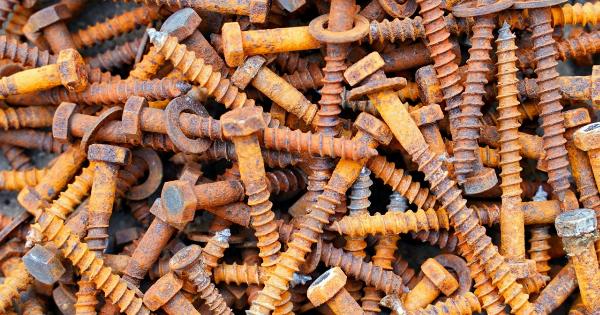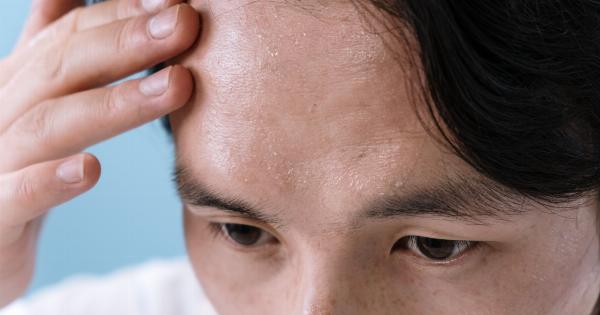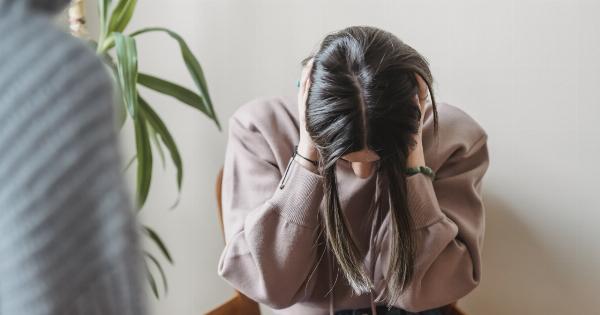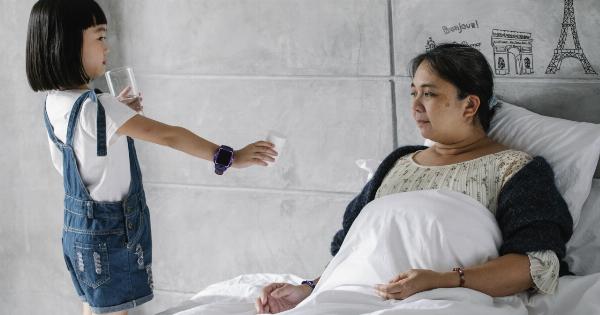Arthritis is a condition that causes inflammation and pain in the joints. As per the Arthritis Foundation, more than 54 million adults in the United States have arthritis. It is a common misconception that arthritis largely affects older people.
In reality, it can occur at any age. The condition is more common in women than men.
Understanding Arthritis
Several types of arthritis exist, with osteoarthritis (OA) and rheumatoid arthritis (RA) being the most common. OA is a degenerative disease that occurs due to wear and tear on the joints. It usually occurs in people over the age of 60.
RA, on the other hand, is an autoimmune disease in which the body attacks the joints, leading to inflammation, pain, and stiffness. It can affect anyone, regardless of age.
Gender Differences in Arthritis
According to the Centers for Disease Control and Prevention (CDC), women are more likely to have arthritis than men. The statistic holds for all types of arthritis. For instance, women are two times more likely to have RA than men.
Similarly, women are three times more likely to have hand OA.
There are several reasons behind the gender differences in arthritis. Some potential factors include sex hormones, body structure, and genetic predisposition to the condition.
Sex Hormones
One of the biggest reasons for the gender differences in arthritis is the role of sex hormones. Studies have shown that sex hormones play a significant role in the development and progression of arthritis.
Estrogen, in particular, has been linked to OA and RA.
Estrogen is a hormone that regulates the menstrual cycle in women. It also helps regulate bone and muscle health.
According to a study in the Journal of Reproductive Immunology, estrogen affects the immune system and can alter the balance between pro-inflammatory and anti-inflammatory cytokines, which can lead to inflammation and joint destruction.
Another study published in the Journal of Orthopaedic Research suggested that estrogen may protect against cartilage destruction. The researchers found that when they removed the ovaries of female mice, they had a greater risk of developing OA.
Testosterone, the male sex hormone, can also play a role in arthritis. According to a study published in the journal Arthritis & Rheumatism, low levels of testosterone in men are associated with an increased risk of OA.
Body Structure and Mechanics
Body structure and mechanics also play a role in the gender differences seen in arthritis. Women tend to have narrower and more angled joints than men. This puts more stress on certain joints, such as the knees and hips.
Women also tend to have weaker muscles than men, particularly in their lower bodies. Weak muscles can lead to joint instability, which can increase the risk of developing arthritis.
Genetics and Arthritis
Genetics also play a role in the development of arthritis. For instance, certain genes have been linked to RA, such as the HLA-DRB1 gene. Women are more likely to have these types of genetic risk factors for arthritis.
Other factors that can contribute to the risk of developing arthritis include obesity, previous joint injuries, and certain infections.
Why Arthritis is More Common in Women
Overall, Arthritis is more common in women due to a combination of hormonal influence, body structure, and genetics. Women also tend to live longer than men, which means they have an increased risk of developing arthritis with age.
It is important to note that arthritis is a chronic condition that can significantly impact a person’s quality of life. The condition is not curable, but early diagnosis and treatment can help manage symptoms.
Conclusion
Arthritis is a complex condition that affects millions of people worldwide. Women are more likely to develop the condition than men due to various factors, including sex hormones, body structure, and genetics.
If you are experiencing joint pain or stiffness, it is important to speak with your doctor for an accurate diagnosis and treatment plan.





